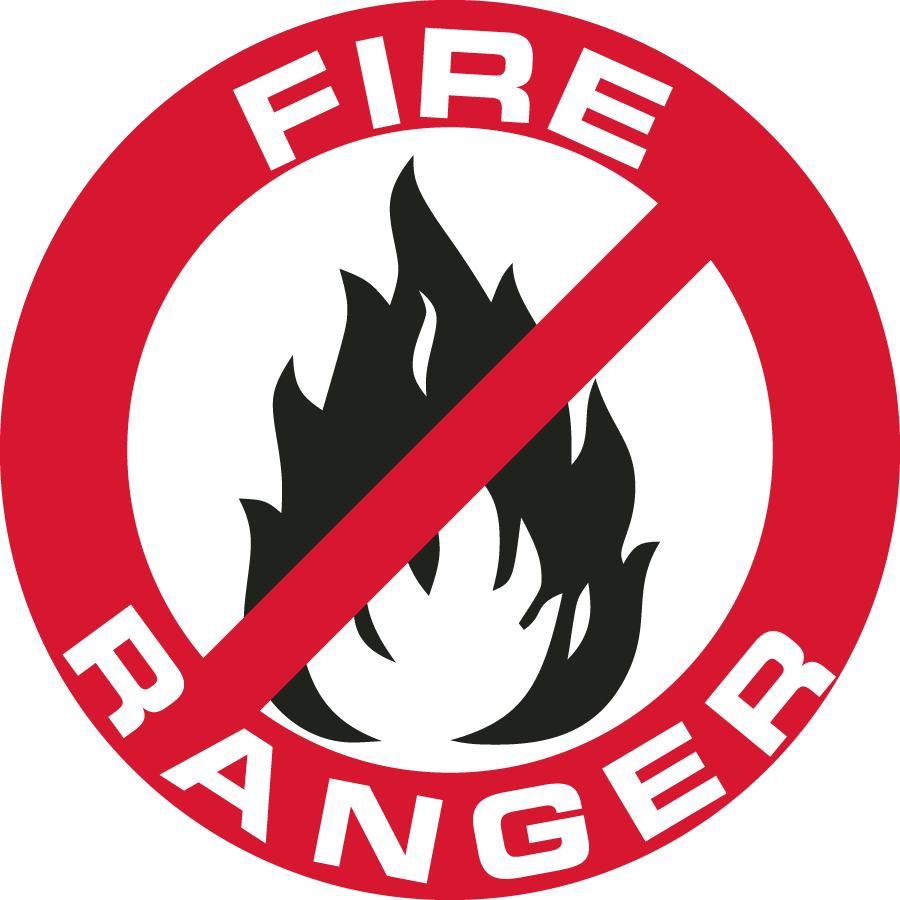History of the Fire Extinguisher
Today being #inventorsday, we take a look back at the invention and evolution of the fire extinguisher throughout the years. The invention of the fire extinguisher has helped save countless lives and has gone through a variety of changes to its design to further increase its efficiency and ability to put out a fire.
The first fire extinguisher on record was patented in England in 1723 by Ambrose Godfrey, a celebrated chemist. It consisted of a cask of fire-extinguishing liquid containing a pewter chamber of gunpowder. This was connected with a system of fuses which were ignited, exploding the gunpowder and scattering the solution. After this version of the extinguisher, many others were created, but it wasn’t until the 1800’s that a modern version of the extinguisher emerged.
About 100 years later, the modern fire extinguisher was invented by British Captain George William Manby in 1818; it consisted of a copper vessel of 3 gallons of pearl ash (potassium carbonate) solution contained within compressed air. Another iteration of the fire extinguisher was invented about 70 years later when a soda-acid extinguisher was patented in the U.S. in 1881 by Almon M. Granger. His extinguisher used the reaction between sodium bicarbonate solution and sulphuric acid to expel pressurized water onto a fire. A vial was suspended in the cylinder containing concentrated sulphuric acid. Depending on the type of extinguisher, the vial of acid could be broken in one of two ways. One used a plunger to break the acid vial, whilst the second released a lead stopple that held the vial closed. Once the acid was mixed with the bicarbonate solution, carbon dioxide gas was expelled, pressurizing the water. The pressurized water was forced from the canister through a nozzle or short length of hose.
At the same time, the cartridge-operated extinguisher was invented by Read & Campbell of England in 1881, which used water or water-based solutions. They later invented a carbon tetrachloride model called the “Petrolex” which was marketed toward automotive use. Soon after, a chemical foam extinguisher was invented around 1905 by Alexander Laurant of Russia, who first used it to extinguish a pan of burning naphtha. It works and looks similar to the soda-acid type, but the inner parts are different. The main tank contains a solution of water, foam compound (usually made from licorice root) and sodium bicarbonate. A cylindrical metal or plastic chamber holds about a quart and a half of 13% aluminum sulphate and is capped with a lead cap. When the unit is turned over, the chemicals mix, producing CO2 gas. The licorice causes some of the CO2 bubbles to become trapped in the liquid and is discharged on the fire as a thick whitish-brown foam.
In 1910, The Pyrene Manufacturing Company of Delaware filed a patent for an extinguisher using carbon tetrachloride (CTC) to extinguish fires. The CTC vaporized and extinguished the flames by creating a dense, oxygen-excluding blanket of fumes, inhibiting the chemical reaction. In 1911, they patented a small, portable extinguisher that used the chemical. This consisted of a brass or chrome container with an integrated hand pump, which was used to expel a jet of liquid towards the fire. It had a capacity 1.1 Liter or 0.6 Liter but was also available in up to 9 Liters in size. As the container was unpressurized, it could be refilled after use through a filling plug with a fresh supply of CTC.
In the 1940’s, Germany invented the liquid chlorobromomethane (CBM) for use in aircraft. It was more effective and slightly less toxic than carbon tetrachloride and was used until 1969. Methyl bromide was discovered as an extinguishing agent in the 1920’s and was used extensively in Europe. It is a low-pressure gas that works by inhibiting the chain reaction of the fire and is the most toxic of the vaporizing liquids, used until the 1960’s. The vapor and combustion by-products of all vaporizing liquids were highly toxic, and could cause death in confined spaces.
The carbon dioxide (CO2) extinguisher was invented (at least in the US) by the Walter Kidde Company in 1924 in response to Bell Telephone’s request for an electrically non-conductive chemical for extinguishing the previously difficult to extinguish fires in telephone switchboards. It consisted of a tall metal cylinder containing 7.5 lbs. of CO2 with a wheel valve and a woven brass, cotton covered hose, with a composite funnel-like horn as a nozzle. CO2 is still popular today as it is an ozone-friendly clean agent and is useful for an extinguishing a person who is on fire, hence its widespread use in film and television.
Our more modern looking extinguisher we are used to, made its debut in 1928, by its creator DuGas (later bought by ANSUL). It featured a cartridge-operated dry chemical extinguisher, which used sodium bicarbonate specially treated with chemicals to render it free-flowing and moisture-resistant. It consisted of a copper cylinder with an internal CO2cartridge. The operator turned a wheel valve on top to puncture the cartridge and squeezed a lever on the valve at the end of the hose to discharge the chemical. This was the first agent available for large scale three-dimensional liquid and pressurized gas fires, but remained largely a specialty type until the 1950’s, when small dry chemical units were marketed for home use. ABC dry chemical came over from Europe in the 1950’s, with Super-K being invented in the early 60’s and Purple-K being developed by the US Navy in the late 1960’s.
In the 1970’s, Halon 1211 came over to the US from Europe, where it had been used since the late 40’s or early 50’s. Halon 1301 had been developed by DuPont and the US Army in 1954. Both 1211 and 1301 work by inhibiting the chain reaction of the fire, and in the case of Halon 1211, cooling class A fuels as well. Halon is still in use today but is falling out of favor for many uses due to its environmental impact. Europe and Australia have severely restricted its use, but it is still widely available in North America, the Middle East, and Asia.
Today there is an extinguisher for every type of fire and comes in many designs and colors, but the inside workings have stayed the same for a while now. It’s amazing how evolution works on everything including fire extinguishers! This lightweight, easy to use piece of equipment which are everywhere today, has helped save countless lives and property. We can’t wait to see what the future holds!






